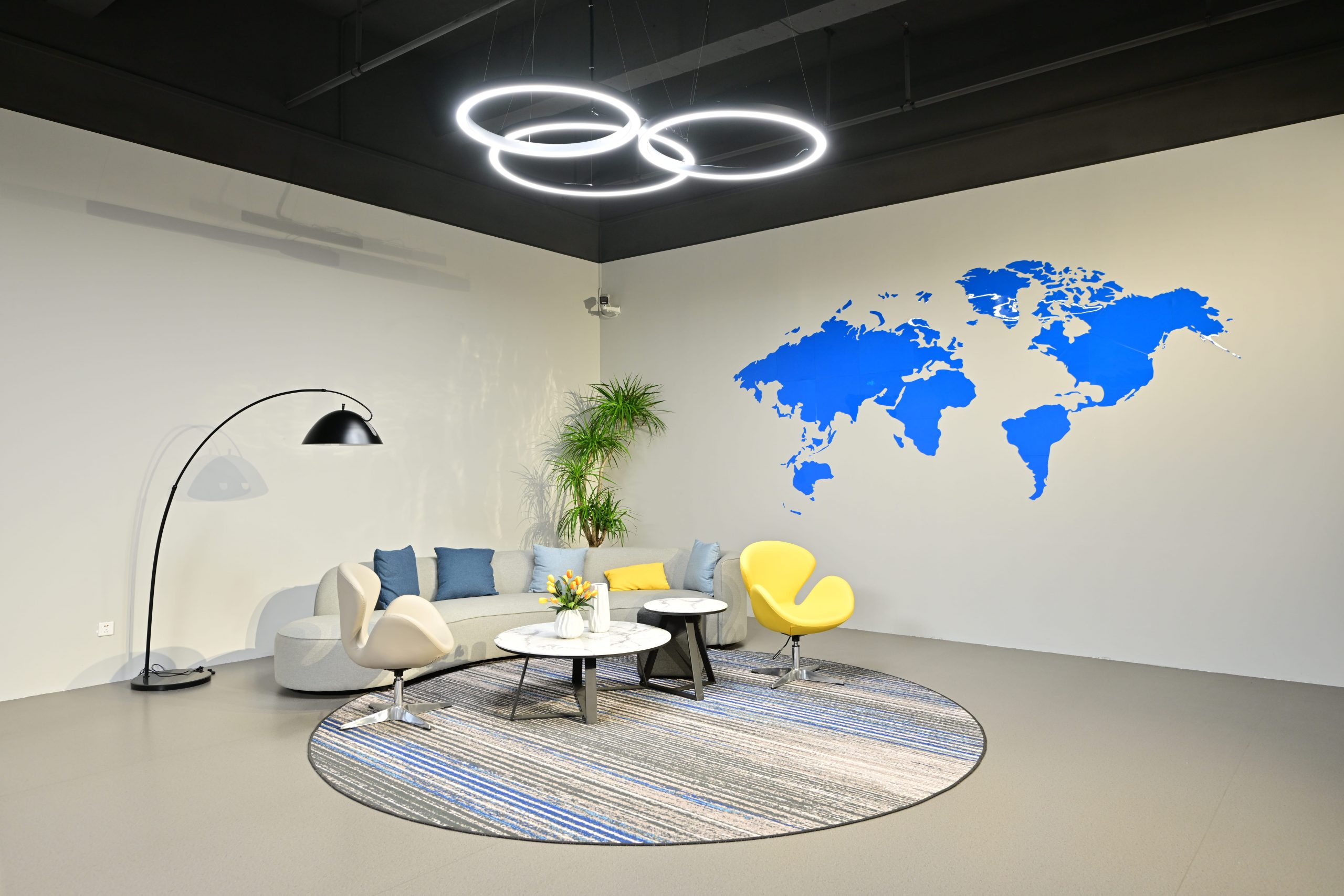Tooling of any product can be quite expensive. In every production process prototype tooling is the way to go, as its very economical and cheap for large-scale production. This process allows you to produce and deliver complex molds with minimal short lead times which ranges between 5-20 days. With prototype tooling there is no minimum order of volume, depending on how many sets you want it will be machined. Talk about customer satisfaction at its best! There are various choices when prototyping your designs.
Some of the most famous prototyping design options are hard tooling, soft tooling, urethane cast, and SLA/SLS.
Table of Contents
ToggleHard Tooling
Hard tooling is most suitable when machining engineered components that have tight tolerances, experimentation, and testing or functionality. Initial cost is quite expensive, and a longer lead time it can put you off, but in the long run, it will save you money and time. This option is flexible as it allows you to factor in design and dimensional changes after sampling parts, use production-intent resin and provides a chance for verification and process development early in the production process.
In instances when the timing is of the essence, it produces the finest parts for development and testing while at the same time lessening the approval procedure during production. Hard tooling allows the supply of a number of hundred thousand parts which greatly reduces the gap between production and prototype.
Soft Tooling
This option is quite popular in the prototype tooling sector as its cheaper and provides huge amounts of parts. It’s made of cavities and aluminum cores, with soft tooling you are provided with a variety of design option and variations that can be changed within a few weeks after sampling.
The only limiting factor with this option is the limitation of design changes after the completion of the production and sampling process.
Urethane Cast/Mold
It’s usually a low-volume production process that uses polyurethane plastic materials. Most of the samples yielded are mainly used for marketing hard-tooled products; however, this option is very limiting as the material used is very limited and do not deliver the same quality as the ideal plastic can. This design is very economical and can produce high volumes during the experimentation stage reducing the overall budget.
SLA/SLS Technology
It’s mainly an additive manufacturing technology selective laser sintering and stereolithography, that is solely tailored for prototype tooling. For SLA technology an ultra-violet laser is used to design and build solid parts from CAD pattern making the whole process become very fast and easier.
As for SLS it mainly uses a carbon-dioxide laser to merge together layers of glass, plastic or metal into a singular solid product. This technology produces prototypes of various materials that possess properties of production-intent materials.
This design option is mainly used in the production of low volume prototypes as its very limited when it comes to functionality.
Why Prototype Tooling?
This type of tooling provides a hands-on approach when tooling which provides a limited run of a part allowing for testing of its functionality. The product tooling is built to last longer that has the ability to produce millions and millions of parts making it very economical.







